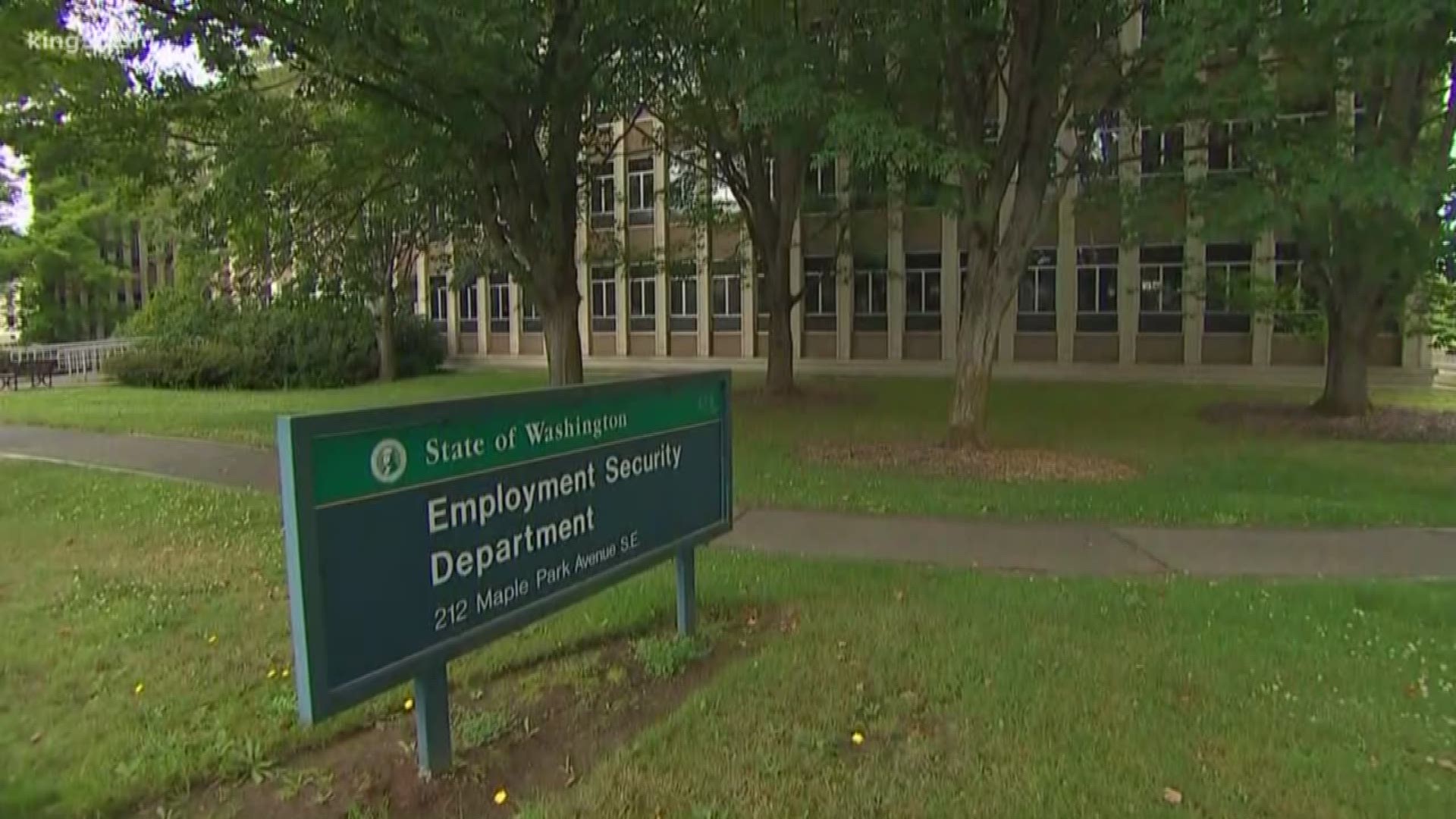This Opinion/Editorial was featured in the Puget Sound Business Journal on June 26, 2015.
The recent recession took a heavy toll on workers across the United States. Even though employment opportunities are improving nationwide and in Washington state, millions of job seekers have given up and left the labor force.
Those who have found jobs have seen wage growth stagnate. Although employment is recovering slowly, there remains an urgent need for policies that improve employment opportunities and raise family incomes.
Politicians tend to focus on fiscal policies as a solution to employment and wage problems. These solutions include tax cuts for employers, more government spending on job training or “stimulus” programs aimed at creating short-term jobs, or wage mandates forcing employers to pay workers more.
Instead of these costly top-down efforts, legislators should consider regulatory reforms that make it easier for employers to hire workers and easier for job seekers to accept employment. Enacting right-to-work legislation has been demonstrated to boost job growth without imposing a direct cost on the state’s budget.
A large body of research has found that as a group, right-to-work states have enjoyed more rapid employment growth, better job preservation and faster recoveries from recession than states without right-to-work laws. Since 1990, right-to-work states have seen employment grow by 43 percent.
Over the same period, non-right-to-work states recorded only 18 percent growth. That is one reason Washington, where many workers must join a union in order to work, has the nation’s 15th-highest unemployment rate. Clearly, there is room for improvement.
Enacting right-to-work protections would give Washington an advantage in attracting employers and new jobs, according to a comprehensive new study we recently published modeling the economic and employment impacts of a right-to-work policy in this state.
The study showed if Washington enacted right-to-work, in five years almost 120,000 new jobs would be created, with more than 13,100 in increased manufacturing employment. The state’s wage and salary incomes would be $11.1 billion higher.
Opponents of right-to-work legislation argue that union collective bargaining is good for employees. They say unless union membership is forced on all employees, workers have incentives to “free ride” on the benefits of collective bargaining without contributing to the costs associated with such bargaining.
Federal law, however, does not force unions to represent non-members. The National Labor Relations Act allows unions to sign “members’ only” contracts that apply only to dues-paying members. The Supreme Court upheld the ability of unions to negotiate only on behalf of their own voluntary members.
Right-to-work legislation can be a key component of a pro-investment and pro-employment package for Washington that encourages firms to locate and expand in the state.
Professional site consultants say a right-to-work law is one of the most important factors companies consider when deciding where to build major facilities. They report that half of manufacturers automatically screen out any non-right-to-work state. Our state’s lack of a right-to-work law played a part in Tesla’s recent decision to locate a new factory, and its 6,500 new jobs, in Nevada instead of in Washington.
Right-to-work legislation is one of the very few pro-growth policies that costs taxpayers nothing. It is also the right thing to do for workers. No one should be made to join a union out of fear. Paying dues to any organization should be a matter of fairness and choice; it should not be a forced condition of employment.





